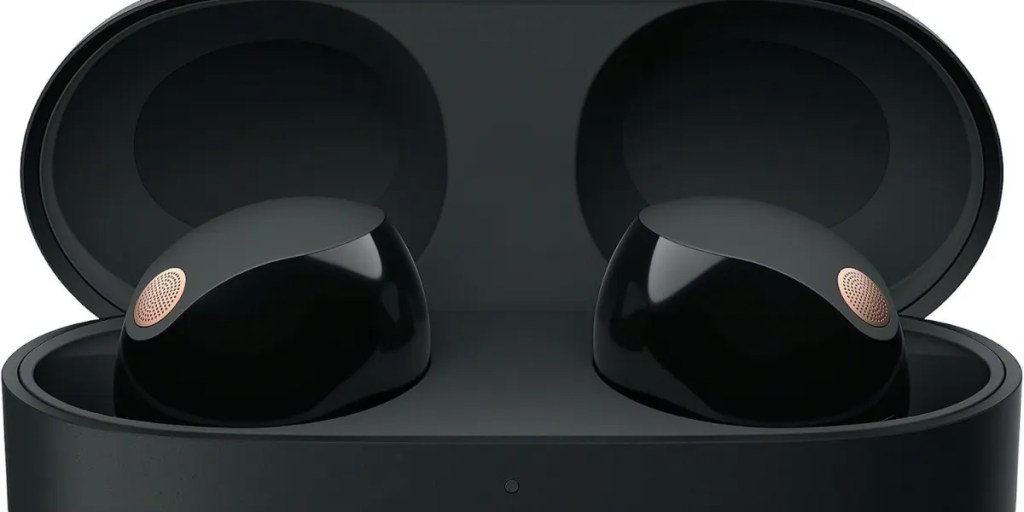When you’re like me, you’ve got tried all of the “hacks” to get higher sleep: meditation, freezing pillowcases or utilizing a white noise machine. Poor sleep impacts us all in some unspecified time in the future, whether or not it is brought on by nervousness, an underlying well being situation, dependence on our digital gadgets and even the standard of our mattress. The implications of sleep deprivation prolong far past making us really feel drained and moody the following day.
“We’re aware of the short-term penalties we really feel every day, similar to elevated fatigue, poor temper and results on efficiency,” stated Dr. Sujay Kansagra, a sleep specialist and professor of pediatrics at Duke College College of Drugs. “However an growing physique of analysis exhibits long-term results on cardiovascular well being, immune operate, danger of temper problems, metabolism and even danger of stroke, simply to call a couple of.”
At CNET, we have been learning sleep and testing sleep devices and gadgets for years. As AI know-how continues to develop and advance, I used to be curious to find how it may be leveraged to assist enhance sleep high quality, so I went on a week-long journey into the realm of synthetic intelligence to see if it might alter my sleep patterns. Here is what I discovered.
Monitoring my sleep efficiency with an AI-powered wearable
For this experiment, I began through the use of Whoop, an AI-powered health and well being wearable, to trace my sleep efficiency for every week. Much like different health trackers, you put on it in your wrist and it displays and analyzes all 4 sleep phases:
- Awake: The time earlier than falling asleep and transient awakenings throughout sleep.
- Gentle sleep: Stage 2 of sleep, if you’re inclined to being simply woke up by exterior elements.
- Deep sleep: Stage 3 of sleep, when your mind waves are the slowest and your physique does a lot of the recovering.
- Speedy-eye motion sleep: REM sleep is when your mind exercise is just like being awake, however your muscle groups do not transfer. That is when your mind recovers and processes new info.
Restorative sleep is a mix of deep and REM sleep, so I used to be notably interested by monitoring these two phases since they’re vital for bodily restoration and cognitive operate.
Whoop advised me to apply conscious respiration to destress.
What I favored about this wearable is that the automated sleep coach custom-made the recommendations based mostly on my wants and life-style. For instance, my wearable calculated my baseline (how a lot sleep I want based mostly on my latest sleep exercise), gave me perception into my sleep debt and made recommendations to optimize my sleep hygiene. The tracker additionally prompted me with every day suggestions to enhance my sleep like respiration workouts to cut back stress and going to mattress earlier.
I wore my Whoop for every week to get an correct measure of my sleep earlier than I moved on to the following stage of my experiment, which might contain utilizing ChatGPT for really useful sleep routines. I stored it on throughout your entire day and all through my common actions. The Whoop wearable has a transportable clip-on charger so that you by no means need to take it off.
Primarily based on the info from my Whoop, my sleep efficiency rating was fairly respectable: I scored a mean of 91%.

Overview of my Whoop sleep efficiency dashboard earlier than experimenting with synthetic intelligence to create a bedtime routine.
What sleep specialists consider using AI for bettering sleep
Wearable sleep trackers use a mix of indicators to measure your sleep efficiency, together with coronary heart price, blood oxygen and movement sensors. Sleep high quality might be onerous to quantify, and this type of know-how cannot be relied on to find out a sleep problem, in line with Kansagara. “The software program for figuring out deep versus gentle sleep in wearables is usually black-box know-how, so we do not know what they’re really measuring,” she stated.
That is why sleep specialists advocate searching for the assistance of specialised professionals to precisely diagnose and deal with well being situations, similar to sleep apnea or insomnia, via supervised sleep research. Though sleep monitoring won’t ever be an precise treatment for poor sleep, it may present helpful knowledge in your total sleep hygiene and provide you with insights on the right way to enhance sleep high quality.
It is also vital to notice that sleep scores on wearables largely depend on averages, and plenty of elements have an effect on the standard of sleep everyday, similar to stress ranges, location familiarity, train routine, food regimen and alcohol consumption. For instance, I are likely to sleep poorly once I’ve had a very anxious day or have too many duties to perform.
Following a weekly sleep routine created by ChatGPT
To check automated know-how, I used ChatGPT to create a great bedtime routine, which I adopted for a complete week whereas utilizing Whoop. I might then evaluate these measurable sleep outcomes with the “regular” ones from the week prior with out the robotic.
Since I haven’t got any underlying situations that impression my sleep or a particularly strenuous every day routine, I began with a generic immediate: “Create a week-long bedtime routine to fight poor sleep.”
I attempted taking part in round with completely different prompts, giving it specifics like having extreme nervousness and insomnia, however the outcomes got here again the identical. This may very well be as a result of ChatGPT produces responses based mostly on the info it has been designed to drag from printed web content material, that means it isn’t customizable. Whatever the cause behind poor sleep, you are more likely to get widespread or generalized recommendations that you just’d discover from different sources.
Here is the breakdown of my bedtime routine for a complete week following ChatGPT’s every day suggestions. Every routine got here with a couple of particular directions.
Day 1: Set up a calming night surroundings
- Set a constant bedtime that enables for 7 to 9 hours of sleep.
- Dim the lights in your bed room to create a relaxed environment.
- Flip off digital gadgets a minimum of half-hour earlier than mattress.
- Have interaction in calming actions like studying a e book or taking a heat bathtub.
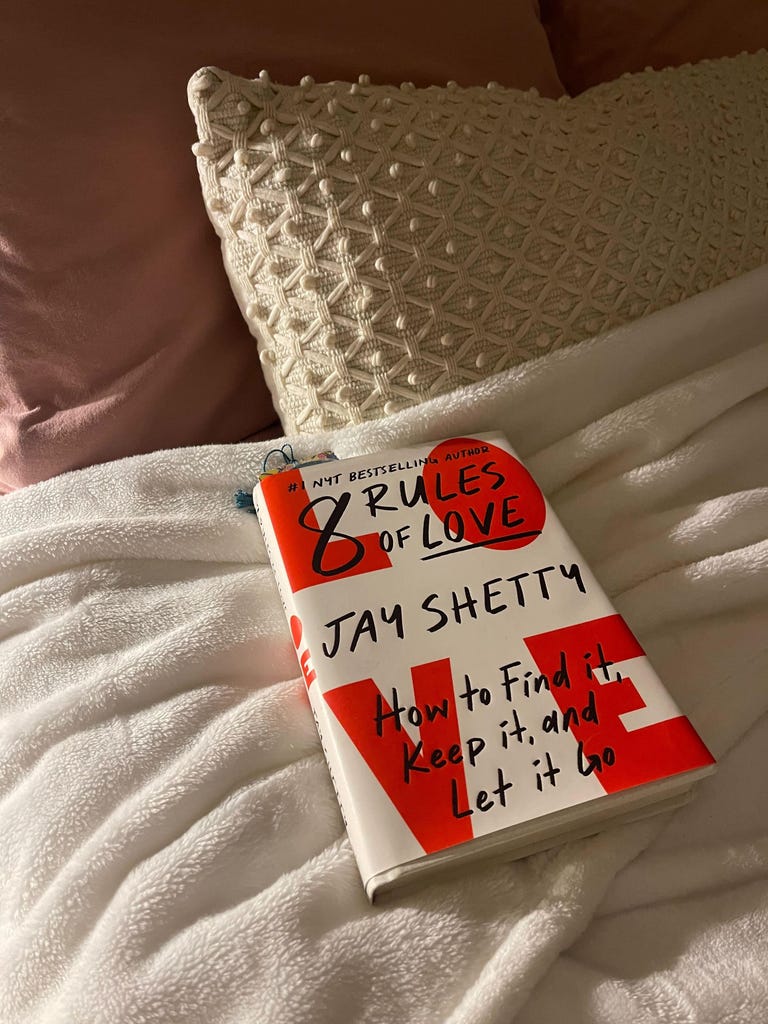
My aim was to get up at 6:30 a.m. on daily basis, so I aimed to be in mattress by 9 p.m., learn for half-hour and name it an evening. I turned off all digital gadgets whereas I learn, leaving my telephone out of the bed room to keep away from distraction and dimming the lights.
I did not even get to learn for 20 minutes earlier than my eyes began to shut and I bought sleepy. Studying earlier than dozing off is a recreation changer for sleep latency (the period of time it takes you to go to sleep).
In accordance with The Sleep Physician group, partaking in a calming exercise like studying might help sign to your mind that your physique is relaxed and able to sleep. I often spend 40 minutes scrolling via TikTok earlier than I begin getting sleepy. Research present that extreme display time earlier than mattress can severely disrupt our melatonin manufacturing, making it harder to “flip off” our brains and go to sleep. Studying lower my sleep latency by half on the primary evening.
The following morning
I bought a complete of 8 hours and 17 minutes of sleep. I even awoke earlier than my alarm went off (which is uncommon) and felt energetic. Probably the most important change was in my sleep knowledge: I spent extra time in restorative sleep, the remaining my physique must replenish. For instance, throughout my prior routine the evening earlier than, my whole time spent in REM and deep sleep was 36%. After following this sleep routine, that quantity jumped to 41%.

Sleep efficiency after Day 1 of the experiment.
Day 2: Follow leisure methods
- Put aside 10 to fifteen minutes earlier than mattress for leisure workouts similar to deep respiration, progressive muscle leisure or meditation.
- Discover a quiet house, sit or lie comfortably and concentrate on stress-free your physique and thoughts.
- Progressively launch any rigidity or stress, permitting your self to unwind absolutely.

Once more, I dimmed the lights in my room and set a bedtime to get a minimum of 8 hours of sleep. The one factor I switched up this time was doing a sleep meditation as an alternative of studying.
The Calm app has been my go-to for meditation for the previous two years. Gratitude meditations assist me attain a cheerful and calm mind-set, so I went with the Unwind with Gratitude meditation by Mel Mah. Once more, I fell asleep midway via and did not get up till the following day. I often meditate very first thing within the morning, however after seeing how shortly I drifted off final evening, I will be making it a part of my evening routine.
The following morning
I slept for 8 hours and 25 minutes. Although I bought extra sleep, I spent much less time in deep and REM sleep (33%) than the evening earlier than (36%). I noticed a optimistic shift in my wake occasions (the variety of occasions I awoke throughout the evening); it decreased to 1.8 per hour, in contrast with 2.4 the evening earlier than.
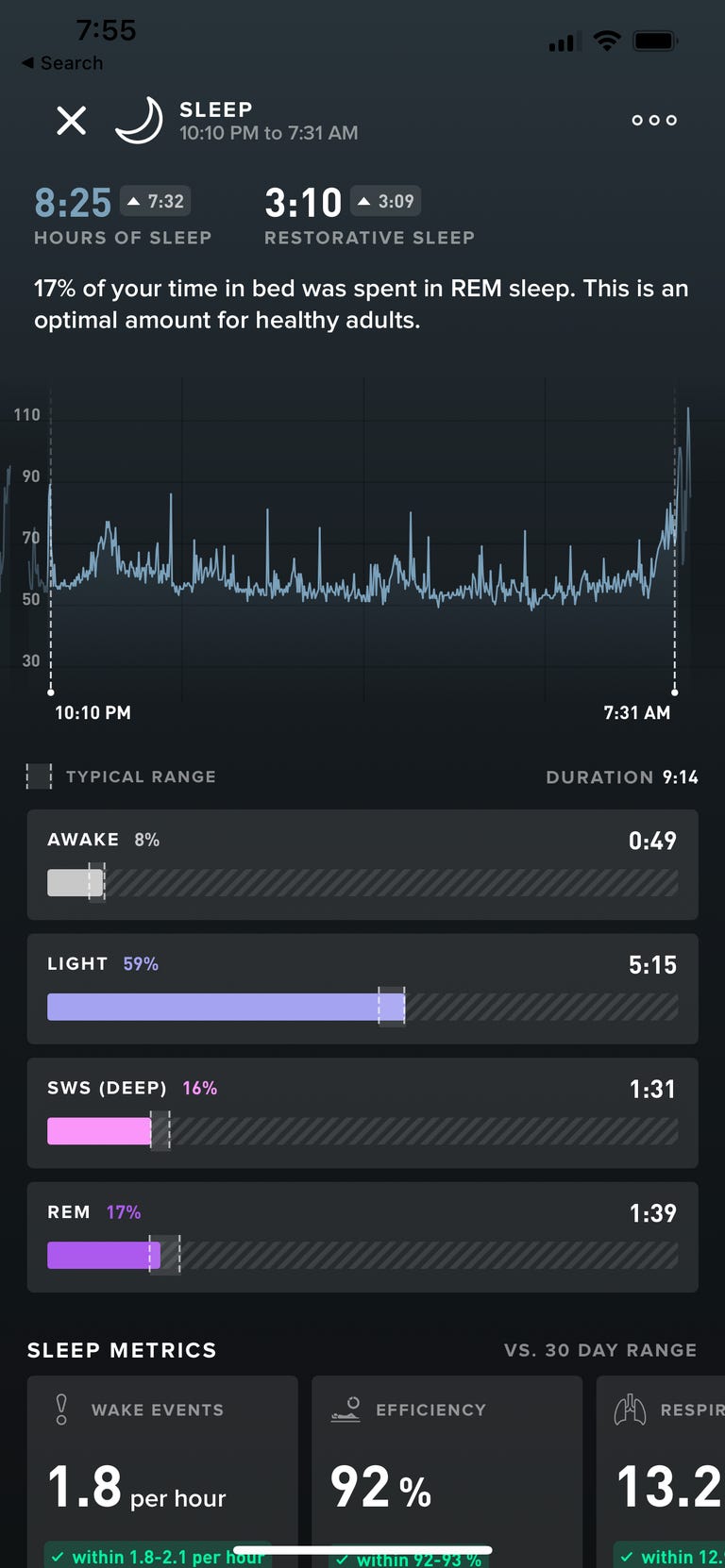
Sleep efficiency after Day 2 of the experiment.
Day 3: Create a sleep-inducing surroundings
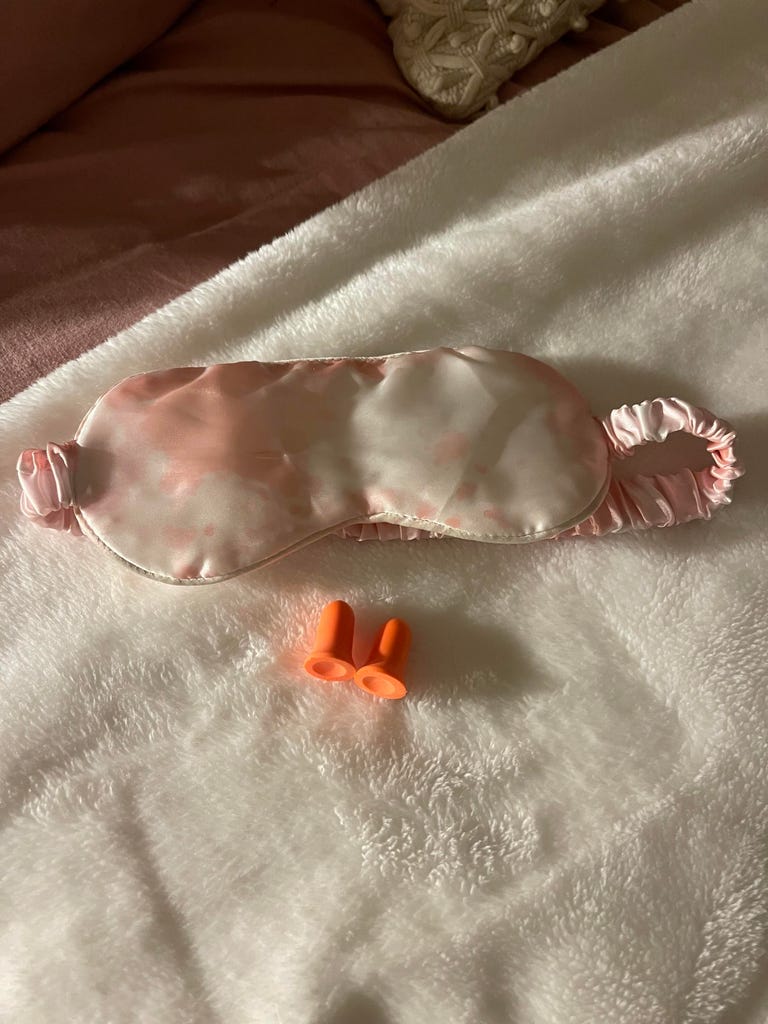
To observe the suggestions, I set my air con to 68 levels Fahrenheit and used breathable linen bedding, earplugs and an eye fixed masks. Going overboard with gear impeded me from getting the perfect restful sleep. I awoke a number of occasions throughout the evening as a result of my earplugs stored falling out and my eye masks put an excessive amount of stress on my eyes. I like to recommend investing in good earplugs and a high-quality eye masks to keep away from these points.
Learn extra: Create the Excellent Surroundings for Higher Sleep
The following morning
In contrast to the earlier nights, I did not get the perfect relaxation with these suggestions. I had extra wake occasions and fewer restorative sleep (a full half-hour much less) and felt it the following morning (grogginess and fatigue). My lack of sleep had much less to do with the suggestions from ChatGPT than my choice of earplugs and eye masks.
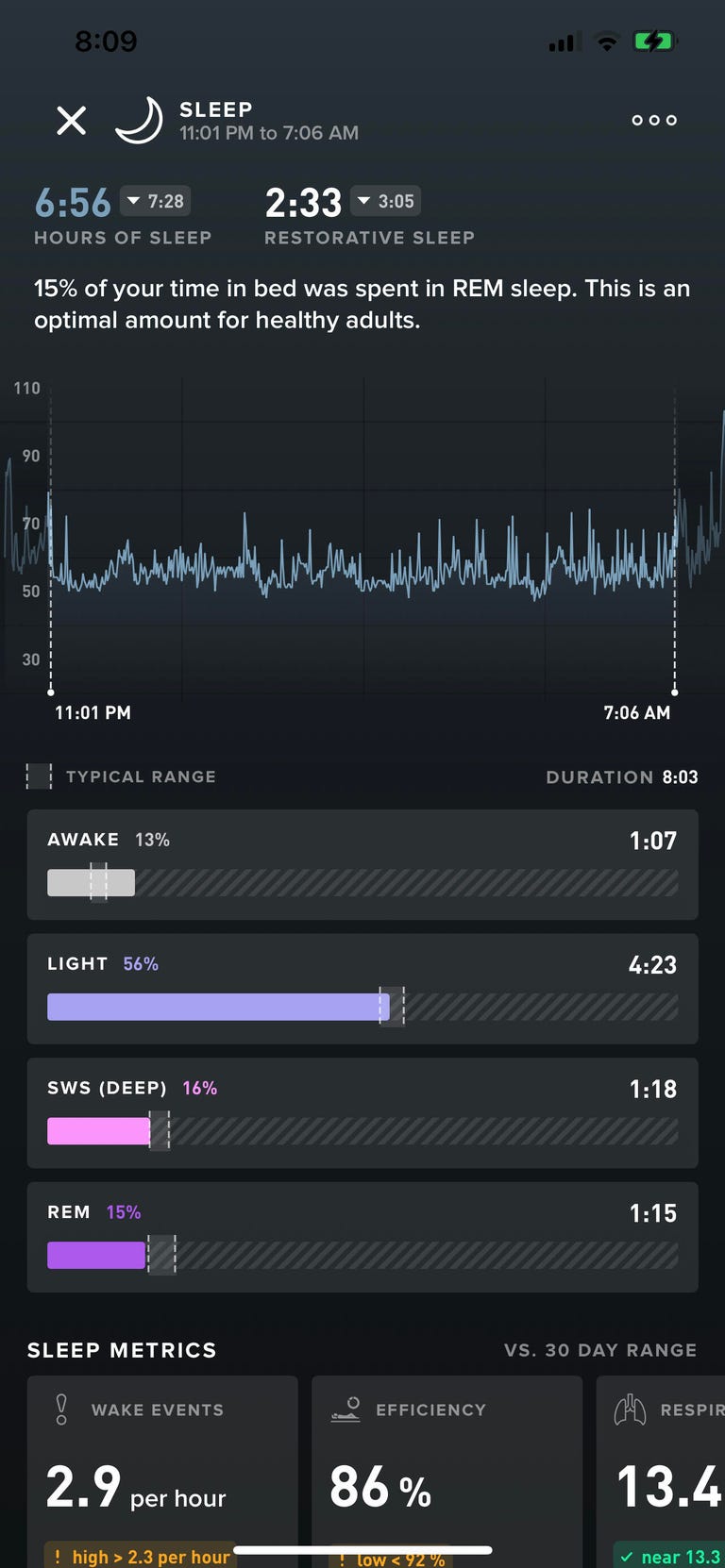
Sleep efficiency after Day 3 of the experiment.
Day 4: Restrict stimulants and set up a bedtime routine
- Keep away from consuming caffeine or nicotine within the night, as they will intrude with sleep.
- Set up a constant pre-sleep routine that indicators to your physique it is time to wind down (similar to brushing your enamel, turning into snug sleepwear, and many others.).
- Observe the routine each evening to situation your physique and thoughts for sleep.
I made a decision to forgo my 3 p.m. cup of espresso for this experiment. It was additionally a Saturday, so I knew I would not be going to mattress early — and that is precisely what occurred. I watched TV till midnight, affecting my sleep high quality, as proven beneath.
The following morning
For sure, I awoke cranky and with a extreme headache as a result of I did not get sufficient sleep. I bought 5 hours and 25 minutes of sleep and only one hour and 41 minutes of restorative sleep. When observing my sleep knowledge, I observed a direct correlation between the quantity of sleep I bought and the period of time I spent in deep sleep. My REM and deep sleep accounted for 26% of the time I spent asleep, considerably lower than the typical 31% to 35% I usually get.
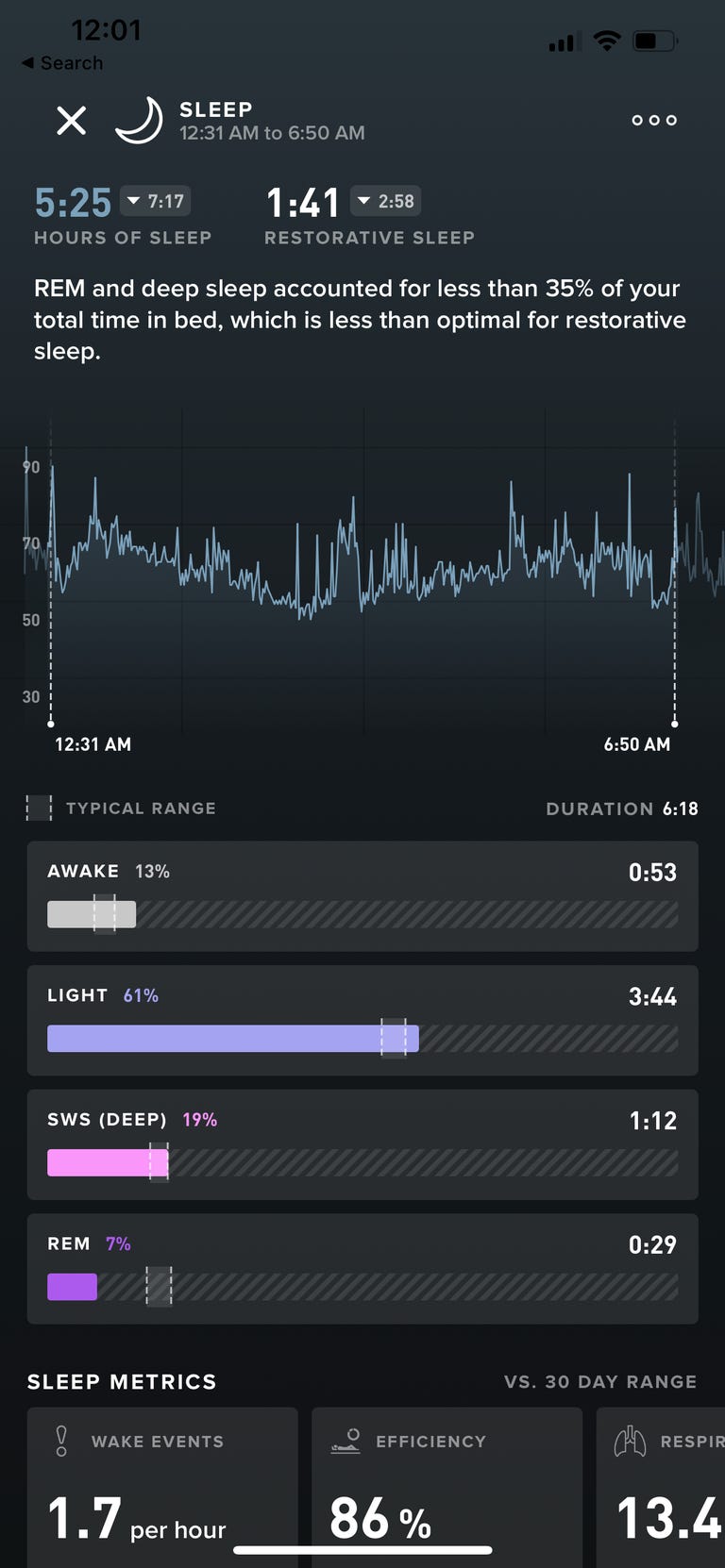
Sleep efficiency after Day 4 of the experiment.
Day 5: Incorporate bodily exercise
- Have interaction in common train earlier within the day, ideally a minimum of a couple of hours earlier than bedtime.
- Keep away from intense train near bedtime, as it might make it tougher to go to sleep.

Taking a 30-minute stroll via the park in Puerto Rico.
For bodily exercise, I made a decision to go on a 30-minute stroll within the park since Sundays are my relaxation day from exercises. Because the suggestions for days one and two labored for me, I went to sleep earlier and skim for 20 minutes earlier than sleep. Though I fell asleep shortly after, I did get up in the midst of the evening and located it onerous to get again to sleep.
The following day
Sleep time elevated to virtually 2 hours greater than the evening earlier than, and I spent 39% in deep and REM sleep, however my wake time significantly spiked (from 1.7 to 2.2 per hour). This left me drained within the morning, minus the headache from the day before today.

Sleep efficiency after Day 5 of the experiment.
Day 6: Keep away from late-night consuming and ingesting
- End your dinner a minimum of 2 to three hours earlier than bedtime.
- Keep away from greasy or spicy meals near bedtime, as they will trigger discomfort and disrupt sleep.
- Restrict fluid consumption earlier than mattress to keep away from disruptive journeys to the toilet throughout the evening.

Dinner for Day 6: ramen, breaded tofu and avocado.
I discovered a couple of research that hyperlink spicy, greasy and sugary meals to disrupted sleep, as they will trigger acid reflux disorder and worsen heartburn signs. Concerning fluid consumption, the Cleveland Clinic recommends you cease ingesting water a minimum of 2 hours earlier than going to mattress.
Having dinner earlier was a wrestle since I often eat round 8:30 p.m., however I began making dinner early and was able to eat by 7 p.m. I additionally made positive to keep away from spicy meals and extreme oil.
The following morning
Whereas I did get to mattress earlier, I spent extra time in gentle sleep (60% in contrast with 41% the evening earlier than) and considerably much less time in REM sleep (12%, versus 23% the evening earlier than). This additionally resulted in much less restorative sleep (2 hours and 36 minutes, in contrast with 3 hours and 16 minutes the evening earlier than).
I felt rested however nonetheless did not get sufficient sleep. This leads me to imagine that my food regimen impacts my sleep lower than stress and nervousness, as I’ve discovered partaking in stress-free actions proper earlier than mattress helps me sleep higher than avoiding spicy meals.
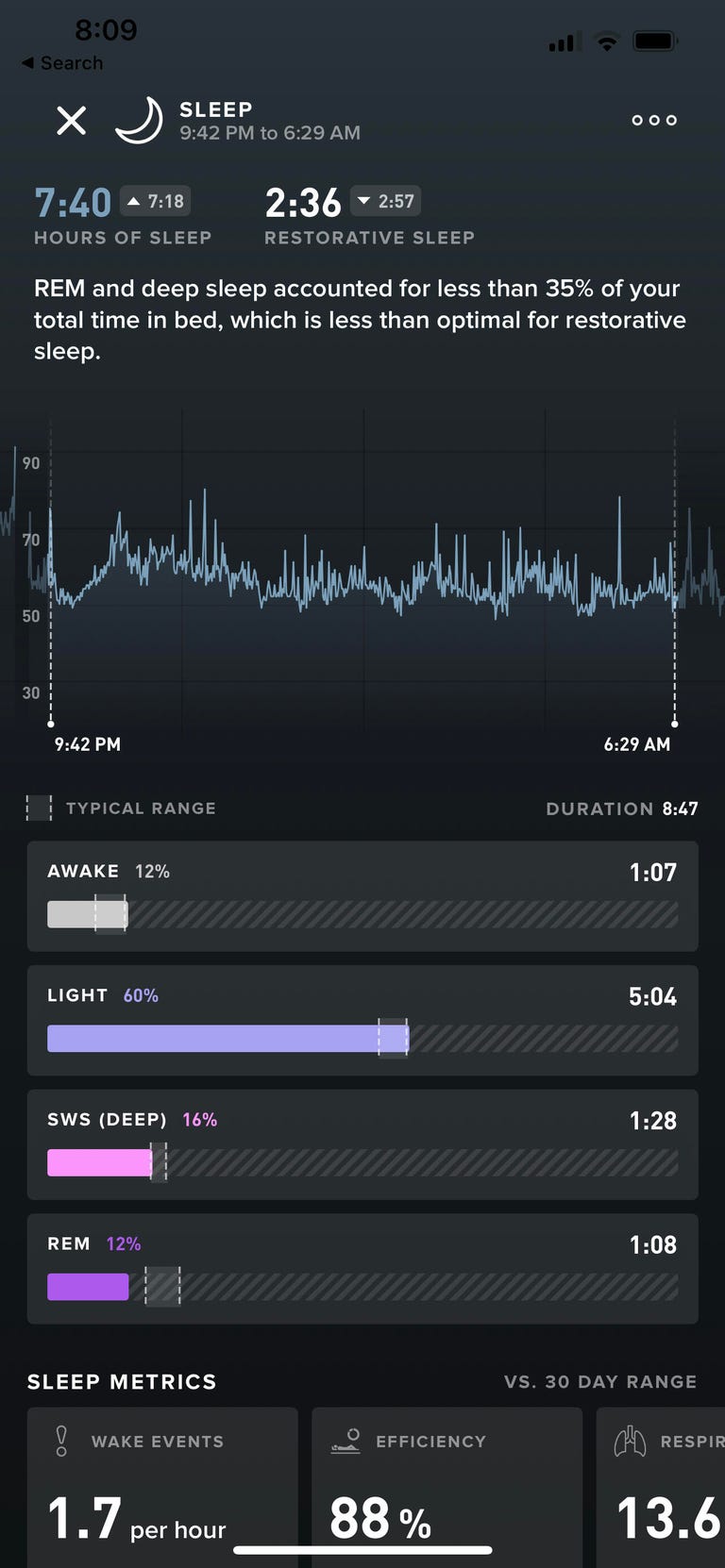
Sleep efficiency after Day 6 of the experiment.
Day 7: Wind down with a calming bedtime routine
- Begin your routine 30 to 60 minutes earlier than your required bedtime.
- Have interaction in stress-free actions like mild stretching, journaling or listening to calming music.
- Create a comfortable environment in your bed room by dimming the lights and minimizing distractions.
- Follow good sleep hygiene by sustaining a constant sleep schedule.
The suggestions for the ultimate evening had been just like the primary. This one labored greatest for me out of all of the routines, so I used to be excited to strive it out once more. Thirty minutes earlier than going to mattress, I turned off all electronics, dimmed the lights in my room and skim my e book. Once more, I did not hit the 30-minute mark earlier than my eyes began to shut.
The following morning
Much like after the primary evening, I awoke well-rested and energized. I bought 8 hours of whole sleep with 2 hours and 34 minutes of restorative sleep. I spent 27% of my time in deep and REM sleep, however once I take a look at the breakdown, I spent much less time in deep sleep and extra time in REM sleep than the evening earlier than. I additionally had considerably extra wake occasions throughout the evening.
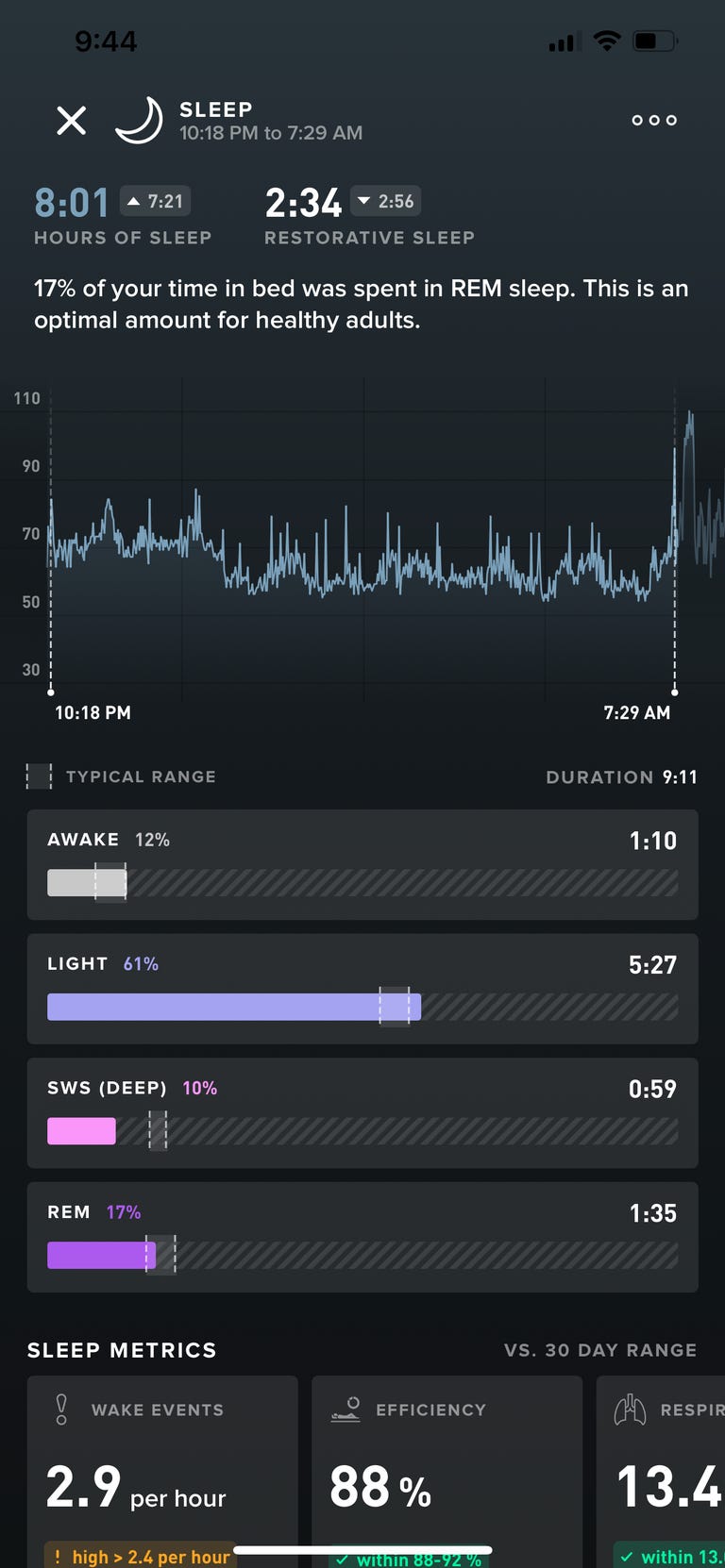
Sleep efficiency after Day 7 of the experiment.
Verdict
My sleep efficiency did not change after following ChatGPT’s suggestions for every week. I began with 91% and ended with 91%. That is to not say utilizing AI to attain higher sleep is not an efficient technique; it simply means I did not discover altering my routine on daily basis to be useful.
I did discover some habits that helped me get higher sleep and I plan to include these into my nightly routine. Dimming the lights, turning off electronics and studying earlier than mattress had been nice recommendations that labored for me.

Common every day sleep efficiency for the week of the experiment.
Would I like to recommend you utilize AI to get higher sleep?
The brief reply is sure — to an extent. By leveraging the info offered by Whoop, I gained useful insights into my sleep patterns and located which sleep routine works greatest for me.
ChatGPT might help you enhance your sleep high quality by suggesting completely different routines that will help you discover the one which most closely fits you. Remember the fact that ChatGPT’s automated know-how spots patterns present in oceans of information from the web and different sources, so what it recommends may not be too completely different from what you could find with a Google search.
Synthetic intelligence will proceed to evolve. I see a future the place AI will grow to be subtle sufficient to offer much more customized suggestions that assist us higher optimize our sleep — hopefully resulting in a extra rested and happier world.
Editors’ be aware: CNET is utilizing an AI engine to assist create some tales. For extra, see this submit.

